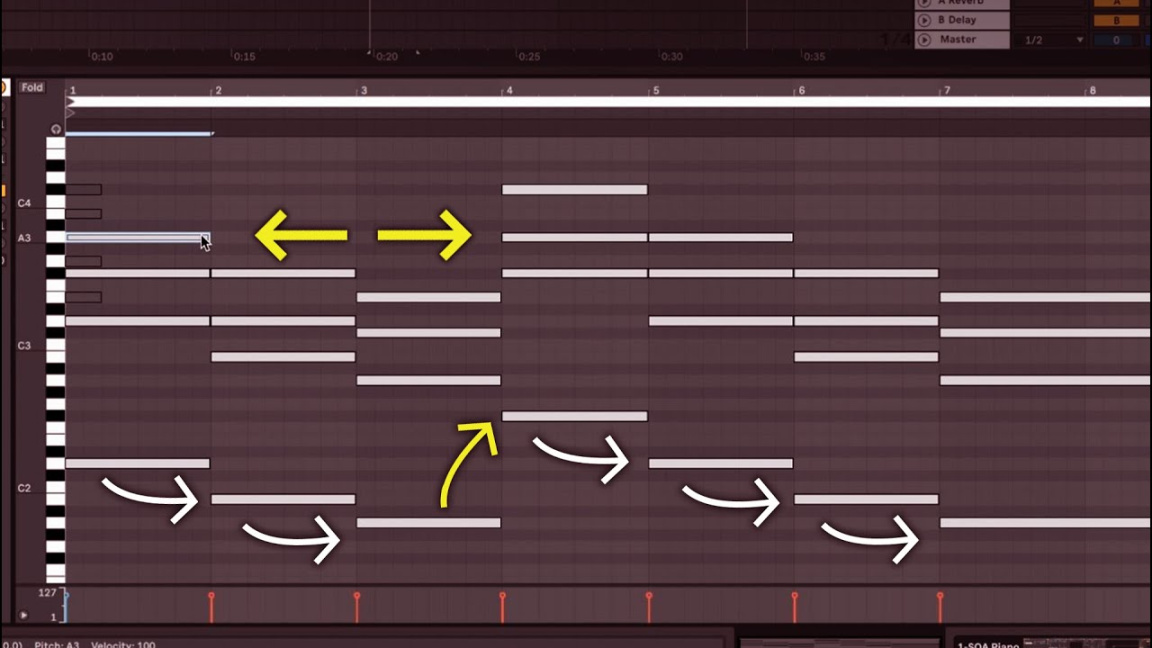The Unexpected Harmony: Guitar Chords in Dubstep?
Dubstep, known for its wobbly basslines and intense drops, doesn’t exactly scream “guitar.” But think about it: underneath all that sonic chaos, there’s room for a bit of melodic grounding. That’s where guitar chords come in. We’re not talking about shredding solos or delicate fingerpicking, though. We’re talking about using guitar chords as a foundation, a subtle harmonic backdrop to build the dubstep madness upon.
Why Bother with Guitar Chords in Dubstep?
Adding Emotional Depth: Dubstep can be pretty intense, but it can also feel a bit one-dimensional sometimes. Guitar chords can add a layer of emotional complexity, bringing in a sense of melancholy, hope, or even just plain old groove.
Basic Chord Progressions for Dubstep
When thinking about dubstep, you don’t need to over complicate things. Simple chord progressions are often the most effective. Consider these options:

Minor Progressions: Dubstep often has a dark, edgy vibe, so minor chords are your friend. Think about progressions like Am-G-C-F or Em-C-G-D. These progressions create a sense of melancholy and tension that works well with dubstep.
How to Use Guitar Chords in a Dubstep Track
Layering: Don’t just slap a guitar chord on top of your track. Try layering it with other sounds, like pads or synths. This can create a richer and more complex texture.
Production Tips for Guitar Chords in Dubstep
EQing: Pay attention to the EQ of your guitar chords. You’ll want to carve out space for the bass and other low-frequency elements.
Experimentation is Key
Ultimately, the best way to use guitar chords in dubstep is to experiment. Don’t be afraid to try different things and see what works. There are no rules, so let your creativity guide you.
Conclusion
Integrating guitar chords into dubstep might seem like an odd pairing, but it can yield fascinating results. By employing simple chord progressions, processing them creatively, and layering them effectively, you can add depth, texture, and a unique sonic signature to your tracks. Remember, the key is experimentation and finding what resonates with your creative vision. So, grab your guitar, fire up your DAW, and start exploring the uncharted territories where dubstep and guitar chords collide. You might just stumble upon something truly special.

